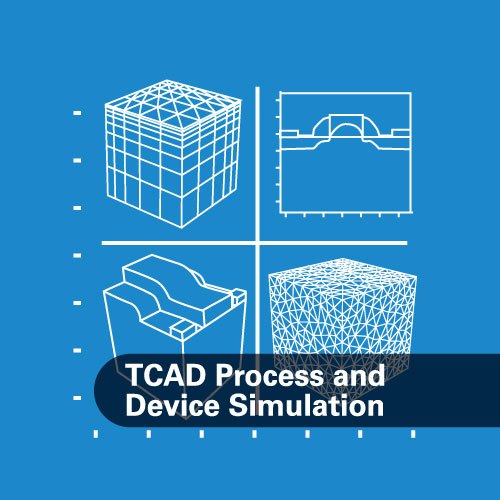
3D TCAD Simulation for Power Devices
y first IC design back in 1978 was a DRAM and it ran on 12V, 5V and -5V, but then my second DRAM was using only a 5V supply. Today we see SOCs running under a 1V supply voltage, but there is a totally different market for power devices that are at the other end of the voltage spectrum and they handle switching ranges from 12V – 250V. To learn more about power devices and how the process and device modeling is done, I read a Silvaco publication entitled Advanced Process and Device 3D TCAD Simulation of Split-Gate Trench UMOSFET.

Where Circuit Simulation Model Files Come From
I started out my engineering career by doing transistor-level circuit design and we used a proprietary SPICE circuit simulator. One thing that I quickly realized was that the accuracy of my circuit simulations depended entirely on the model files and parasitics. Here we are 40 years later and the accuracy of SPICE circuit simulations still depend on the model files and parasitics, but with the added task of using 3D field solvers to get accurate parasitic values, and even the use of 3D TCAD tools to model the complex physics of nm IC designs using FinFET transistors.

230 Papers on Power Device Simulations using Silvaco TCAD
A quick search of the IEEE Xplore online library gives a list of more than 230 published technical articles on Power Device Simulation using Silvaco TCAD. Here are some recent papers with the authors’ abstracts that cover silicon-carbide (SiC) and Junction-Less Double Gate MOSFET devices. Any mention of ‘we’ or ‘our’ refers to the paper’s authors:

Advanced Materials and New Architectures for AI Applications
Over the past 50 years in our industry, there have been three invariant principles:
Moore’s Law drives the pace of Si technology scaling
system memory utilizes MOS devices (for SRAM and DRAM)
computation relies upon the “von Neumann” architecture

Talking Atoms to Systems in Next-Generation SoC Designs
New system-on-chip (SoC) devices are driving new memory architectures and photonic interfaces, while specialized new intellectual property (IP) requires analysis down to the nanometer and atomic levels because of single nanometer process nodes. According to Babak Taheri, CTO and EVP of products at Silvaco, a leading EDA Software, semiconductor IP company, a member of SEMI and the ESD Alliance, a SEMI Strategic Association Partner, design technology co-optimization and proven IP are required for this analysis.

Inventing the Future of MicroLED: Silvaco TCAD
Silvaco did Executive Video Interviews at our booth in the middle of the show floor at Display Week 2019 in San Jose. We interviewed industry experts on what they expected for the Display industry in 2019 and what technical challenges that needed to be met.

New Whitepaper: Comprehensive Design Solutions for Display Technology
Silvaco has a large booth in the middle of the show floor at Display Week 2019 at the San Jose Convention Center, May 14-16. Our technology experts will discuss and demo our TCAD-to-signoff solutions with emphasis on enabling the designing of the next generation of TFT, LCD, LED, OLED and MicroLED products including the following:

Modeling Quantum Dot Based hyLEDs using Radiant
Radiant is a graphical user interface (GUI) for TCAD simulations which lowers the entry barrier for inexperienced users to doing technology analysis. In particular, the use of guided simulation tools, for both experienced and novice researchers, can speed up the development cycle. Light emitting diodes (LEDs) have caught the attention of the scientific community for many years, especially organic-based light emitting diodes (OLEDs) and the emerging quantum dot-based light emitting diodes (QD-LEDs). As well as the implementation of quantum dot (QD) technology, both organic and inorganic materials have been combined to achieve high-efficiency hybrid light emitting diodes (hyLEDs). This article features the implementation of a simplified 1D simulation of hyLEDs based on QD technology using Radiant software.

